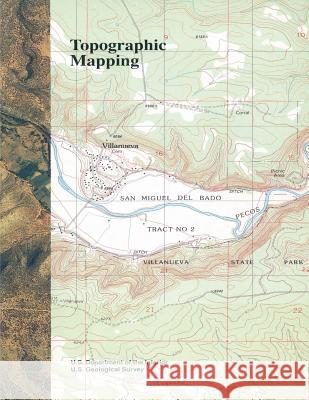Topographic Mapping » książka
Topographic Mapping
ISBN-13: 9781494256067 / Angielski / Miękka / 2013 / 26 str.
The U.S. Geological Survey (USGS) produced its first topographic map in 1879, the same year it was established. Today, more than 100 years and millions of map copies later, topographic mapping is still a central activity for the USGS. The topographic map remains an indispensable tool for government, science, industry, and leisure. Much has changed since early topographers traveled the unsettled West and carefully plotted the first USGS maps by hand. Advances in survey techniques, instrumentation, and design and printing technologies, as well as the use of aerial photography and satellite data, have dramatically improved mapping coverage, accuracy, and efficiency. Yet cartography, the art and science of mapping, may never before have undergone change more profound than today. A mapping revolution is underway. New technologies are altering the production and use of traditional maps. Even more significantly, the information age has introduced a new cartographic product that is changing the face of mapping: digital data for computerized mapping and analysis. The computer is extending mapping beyond its traditional boundaries. New applications emerge with each technological advance. At their most basic, digital data applications make it possible to display maps on a computer, even a home personal computer. At their most advanced, digital data applications stretch the definition of cartography. This booklet examines topographic mapping and the USGS in this changing cartographic world. It describes the topographic map, its use, its history, its production, and-in light of new technology and the digital mapping revolution-its potential.
Zawartość książki może nie spełniać oczekiwań – reklamacje nie obejmują treści, która mogła nie być redakcyjnie ani merytorycznie opracowana.











